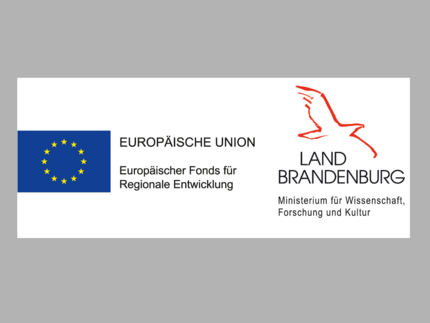MiA - Microplastics detection via high-throughput Infrared spectroscopy
Together with the groups of Dr. Claudia Pacholski (Uni Potsdam) and Cornelia Hettrich (Fraunhofer IZI-BB) we aim to investigate how to detect microplastics from soil by high-throughput Infrared spectroscopy. We gratefully aknowledge the funding received by the EFRE-StaF program of the State of Brandenburg for this project (2020-2022). This project is also part of the Fraunhofer Leistungszentrum Funktionsintegration. In this project we are developing an technological approach to use transmission Infrared spectroscopy on fixed targets/solid support materials to detect and characterize small polymer/plastics particles with a size <20 µm.
Why is this important?
Microplastic is referring to any polymer-based material or particle in the size range smaller than 1 mm. The pollution of the whole environment by human-made microplastics is one of the key problems nowadays and while the impact of microplastics on the environment as well as human health is starting to be realized, a lot of research to detect and characterized microplastics at all is still necessary. Currently an analytical high-throughput approach to detect and characterize microplastics in the size range of 20 µm or less is still lacking. Microplastics below 10 µm show already biotoxicity and can accumulate in plants, animal tissue and long-term have an impact on human health.
Current Analytical tools and aim of MiA
Vibrational spectroscopy, including Raman Spectroscopy in reflection or Infrared Microscopy, is extremly well suited to characterize the chemical composition of any microplastic particle. Yet both methods are not very fast and can not be extended easily into a high-throughput approach. Using high-intensity mid-IR light, such as generated in our ultrafast laser laboratory, in combination with a support material, which can provide hundered to thousands of samples at once, we aim to establish a high-throughput approach based on Infrared Transmission spectroscopy. We target samples from soil as this is extremly important for the agriculture and hence food production in Brandenburg and still a very neglected part of the environment (in contrast to e.g. water samples).

